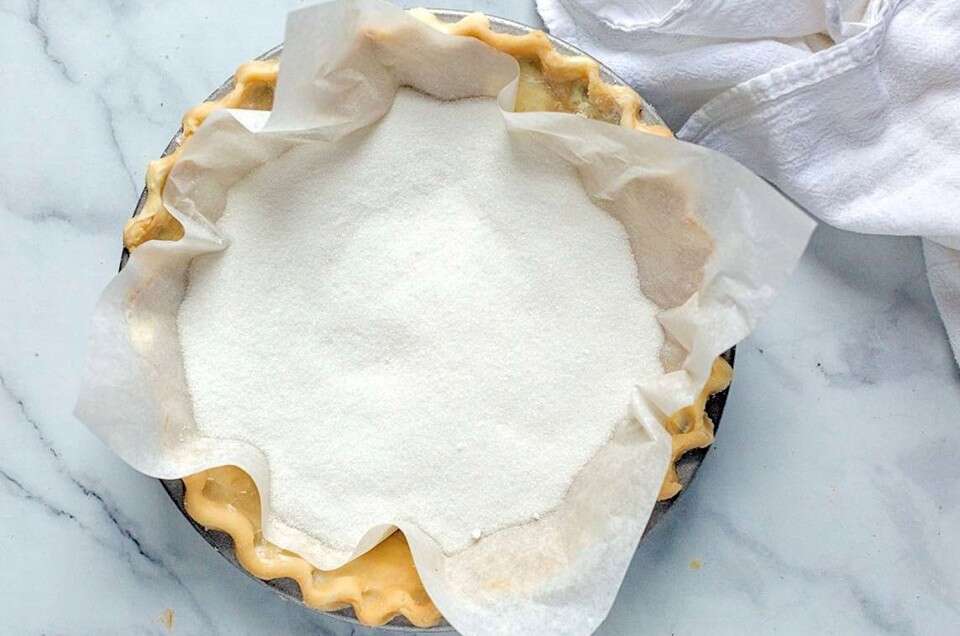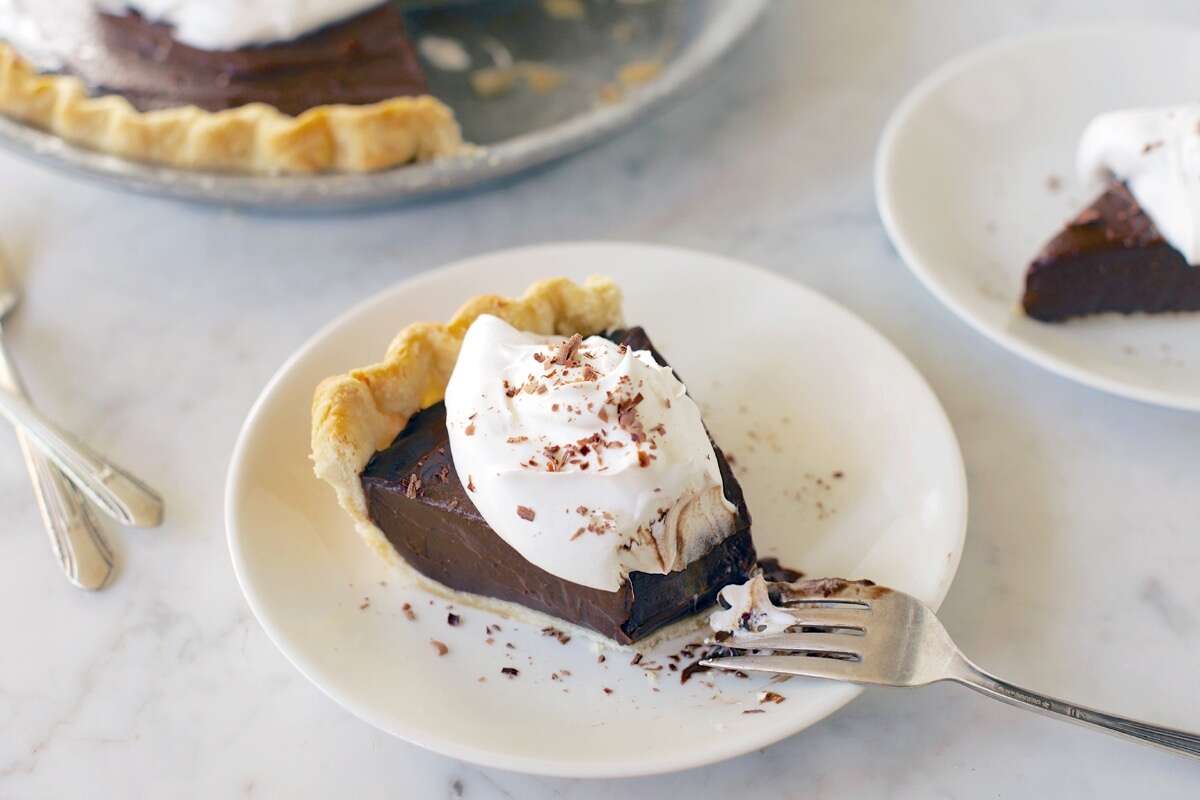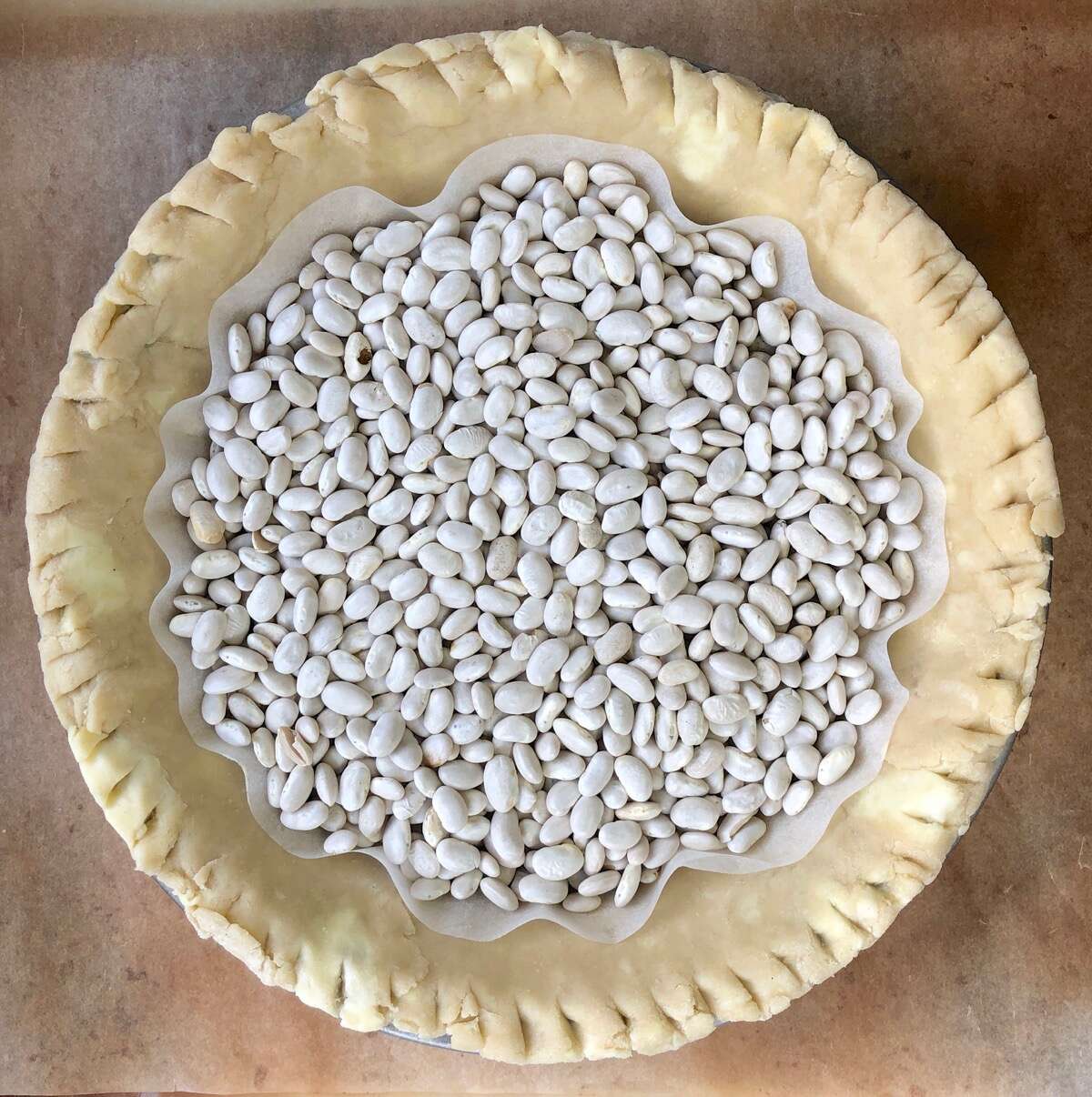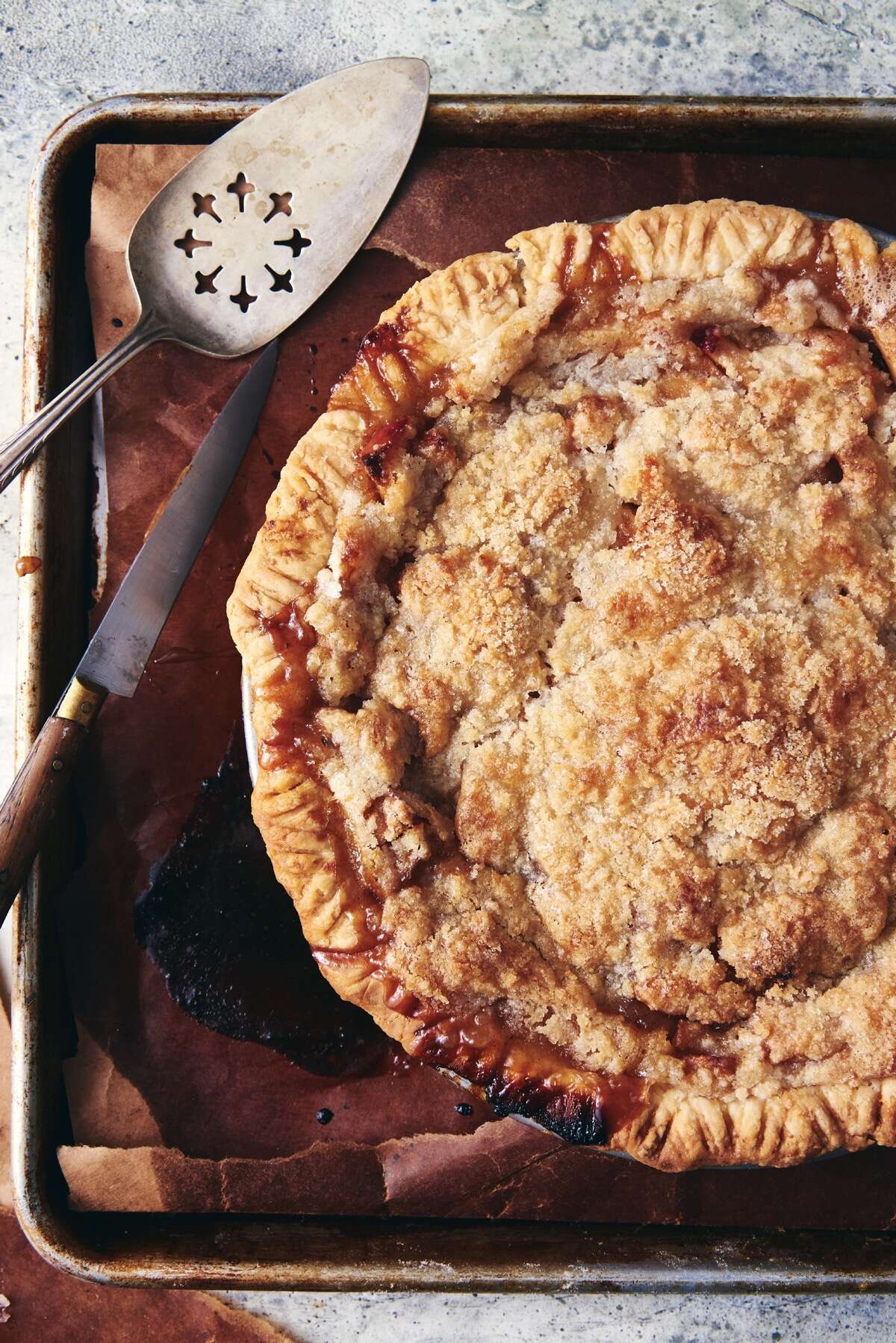



Our regular column featuring 5 things you should know about baking: from tips to tools to questions you're always asking yourself in the kitchen.
* * *
A soggy bottom. Not something you want for your baby.
Or your pie crust.
We can’t help you with your baby, but thankfully there’s a simple solution to pies with soggy bottoms: prebake the crust.
There are a number of reasons your pie can end up with a soft, pale, underbaked crust — and steps you can take to help prevent that unfortunate result.
But the one surefire way to make absolutely certain your pie’s crust will be golden brown, crisp, and delicious — just as appealing as its filling — is to prebake it. That’s right: bake the bottom crust first, before adding the filling.
Most commonly, it's smart to prebake pie crust when:
A typical pastry pie crust (as opposed to a graham cracker or cookie crust) requires quite a long time in the oven to become golden brown and crispy. This isn’t a problem when the filling is fruit: apples, peaches, blueberries, and their ilk soften and then settle down to a gentle simmer as the crust gradually bakes to perfection for a long while in the oven.

But some fillings might instead cook fully on the stovetop, like the rich, thick filling for chocolate cream pie. When it’s done, you simply pour it into its crust — and said crust had better be prebaked to perfection, since the pie’s not going anywhere near an oven.
Other pies, typically those with a more delicate, egg- and cream-based filling (think custard pie or quiche) require at least some baking — but don’t spend long enough in the oven (at a high enough temperature) to guarantee a fully baked, brown and crispy crust.
In these cases, you need to prebake your crust.
The recipe you're following may explain explicitly how to prebake your crust. But if it doesn't, follow this process:
First, roll your bottom crust and place it in the pan. Crimp or flatten the edge. Chill it for 30 minutes, to relax the gluten and firm up the fat(s); this will help prevent shrinkage, so don't skip!

Line the crust with foil, parchment, or a paper coffee filter. Fill it about two-thirds full with dried beans, uncooked rice (or other uncooked grain berries), pie weights, or granulated sugar.
Bake the crust in a preheated 375°F oven for 20 minutes, set on a baking stone or steel if you have one. Remove the crust from the oven and lift out the liner and weights. (If you’ve used sugar, save it for your future baking; it’ll be lightly toasted and yummy!)
At this point your crust is partially prebaked, and good for any of your pies that tend to exhibit a wan, flabby bottom crust when done. Think pumpkin pie: you don’t want to bake the filling so long that it’s stiff and dry, but you may pull your pie out of the oven to find your perfectly baked filling is resting in a partially baked crust. Prebaking your crust partway is a sensible solution for this scenario.
To fully prebake the crust, prick the bottom all over with a fork to prevent bubbles. Return the crust to the oven and bake for an additional 20 to 25 minutes, until it’s golden all over.
If, despite your best efforts, the lined, weighted crust still slips down the inside of the pan while it prebakes, try this: bake the crust upside down.
To start, you’ll need two identical (or nicely nestable) pie pans with flat rims.
Place your rolled-out crust in one of the pans, anchoring it to the rim of the pan with a fork-tine crimp. Place a liner of some kind (same as above: parchment, foil, coffee filter) into the pan. Nest the second pan into the first.

Pick up both pans, turn them over, and set them on a baking sheet. Place the baking sheet and pie pans in the oven, and bake as directed above. As the crust bakes, gravity will pull it down toward its rim — rather than into a puddle at the bottom of the pan. Magic!
After 20 minutes remove the baking sheet from the oven, carefully turn the pans over, lift out the empty pan, and remove the liner. At this point your crust is partially prebaked. To prebake it fully, place the crust back in the oven, right side up, and bake until it's golden.

If you struggle with a pale, pasty bottom crust in your fruit pie, then yes, you can prebake it — with a couple of caveats:
So, soggy bottoms begone! From now on I expect every pie you bake will have a deep golden brown, flaky, crispy crust — both top and bottom.
And if you have any other questions about pie — from creating tender, flaky crust to thickening fruit filling to assessing when your pie is perfectly baked — please check out our Pie Baking Guide.
Cover photo by Anne Mientka